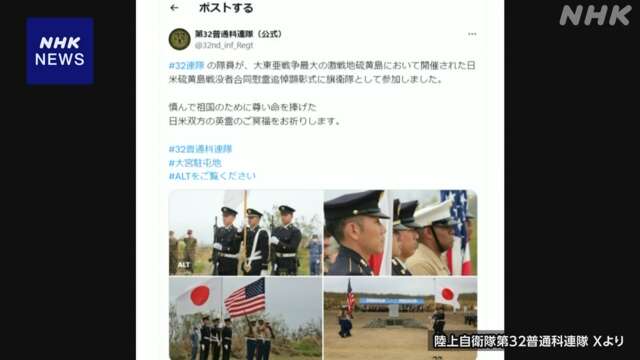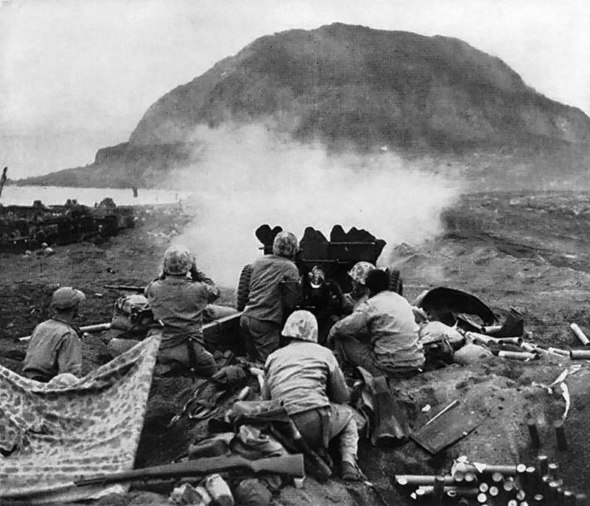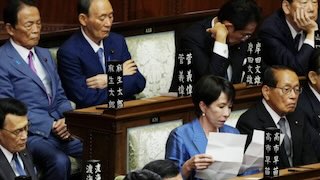TOKYO, Apr 09 (News On Japan) - A Japan Ground Self-Defense Force (JGSDF) regiment, which referred to Iwo Jima, a site of intense battle between Japan and the United States during the final stages of the Pacific War, as "the greatest battlefield of the Greater East Asia War" on social media, deleted the post on Monday night after acknowledging that it had caused misunderstanding.

Iwo Jima, part of the Ogasawara Islands, was the scene of fierce fighting from February to March 1945, resulting in numerous casualties on both sides. The 32nd Infantry Regiment of the JGSDF, stationed at the Omiya garrison, made the initial post on April 5th, referring to Iwo Jima with the controversial term when reporting on a memorial service for the war dead held in March.
During the war, Japan used the term "Greater East Asia War," but after the war, the General Headquarters (GHQ) of the Allied Powers prohibited its use, and the government has stated that "currently, it is not generally used in official government documents." The April 5th post drew criticism online, with comments suggesting it could be seen as justifying an aggressive war, prompting the unit to delete the post on the night of April 8th. The unit then reposted with the relevant part corrected.
According to the JGSDF, the April 5th post was made with the approval of the regiment commander of the 32nd Infantry Regiment. The intent was to describe the intense battle conditions on Iwo Jima using the term from that era, with no other implications intended. However, they acknowledged that the matter should have been considered more carefully. The JGSDF has reported that they will ensure appropriate expressions are used when disseminating information on social media and other platforms going forward.

Source: NHK














